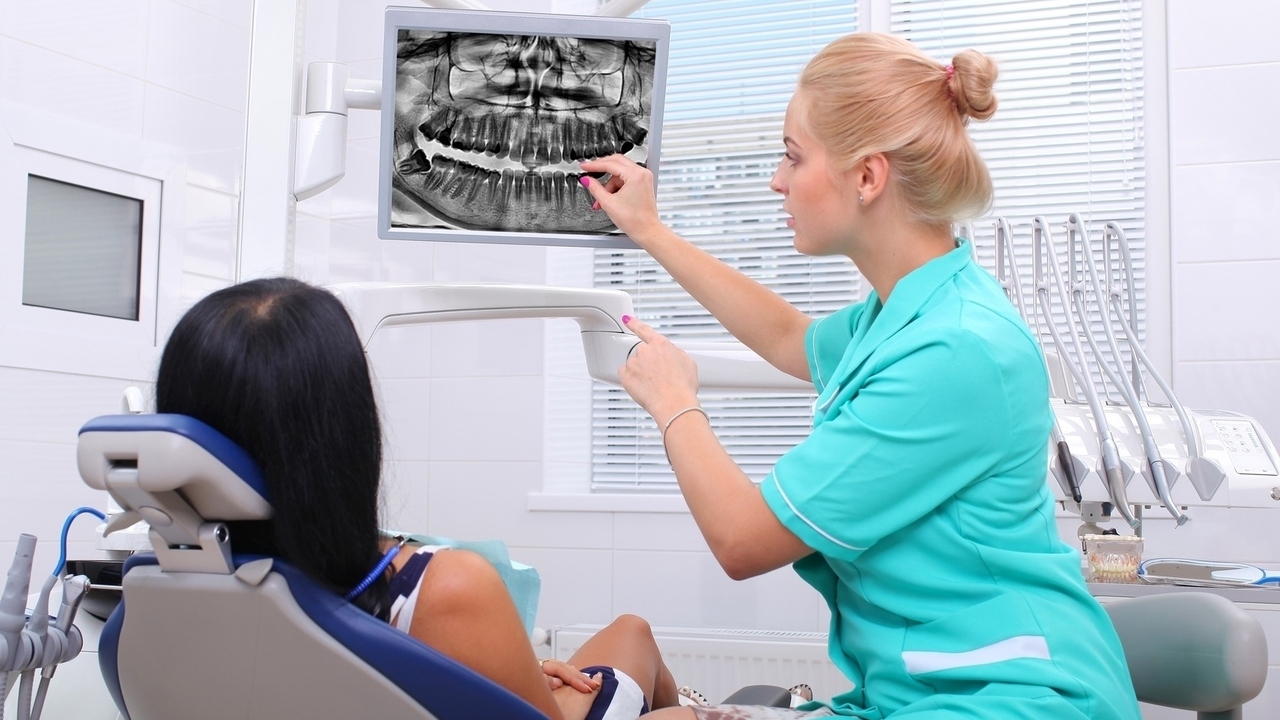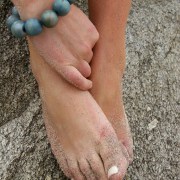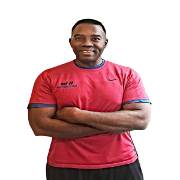A knee anterior cruciate ligament (ACL) injury is the most common injury affecting the knee joint. About 70% of all serious knee injuries involve damage to the ACL. There are some training techniques you can use to lessen the risk of this injury. The knee ACL is located within the capsule of the knee and connects the thigh bone (femur) to the shin bone (tibia).
Most knee ACL injuries occur when you decelerate, come to a sudden stop or land with improper technique while placing too much stress on the knees. If you are an athlete, you should dominate with the hamstrings, hips and glutes during movement. The hips are often under-used during sports competition. Another common mechanical breakdown is when the knees protrude far in front of the feet when decelerating, landing or squatting. This puts undue stress on the knees and often causes injury. Also, when the quadriceps are much stronger than the hamstrings, this can cause an ACL injury. Research has shown that the hamstrings play an important role in stabilizing the knee and protecting the ACL during deceleration.
Females injure their knee ACLs at six times the rate of males. Females demonstrate a lower hamstrings to quadriceps ratio. This means they typically have weaker hamstrings compared to males. They also demonstrate different muscle activation patterns compared to males. Females are typically quadriceps dominant athletes which means they use their strong quadriceps muscles and do not use their weak hamstrings enough. Strength training for females should be adjusted to adequately strengthen the hamstrings.
Lateral lunges and lateral bounding teaches you how to move correctly while dominating movement with the hips.
You should also learn proper landing techniques using exercises such as vertical jumps, broad jumps and depth jumps.
Surgery will be necessary for a tear of the knee ACL. Usually, the tear is repaired by using a part of another healthy ligament to replace the damaged ACL. Rehabilitation for a torn knee ACL takes about 3-4 months and it takes another 8 months or more before an athlete can return to competition at full speed (or near full speed). In some cases, you may never return to your former athletic self.
Your torn knee ACL injury rehab will probably start with you and a physical therapist. The rehab process is a team approach---you, your physical therapist and your personal trainer.
You should rehab the injured knee area as follows:
1. Restore the range of motion.
2. Restore flexibility and strength of the injured knee area.
3. Regain balance lost because of the knee injury.
Stop any exercise that causes sharp pain. Continuing an exercise in pain will only set your rehab back.
Restoring the range of motion is critical because it lays the groundwork for future training. Range of motion should be restored in all 3 planes. You might have to begin your exercises with partial range of motion (working towards full range) in one plane. You would gradually work towards including exercises that require sideways, rotating, twisting or turning actions.
Once range of motion is restored, you can then begin to introduce light weight training exercises and stretching exercises to strengthen the injured muscles, tendons and ligaments. It is also important to stretch and strengthen the areas around the injured area. Use of machine weights, isometric exercises (the injured area contracts but doesn't move), resistance bands or bodyweight exercises are all good in the rehab process.
Balance and proprioception (limb position sense in 3D space) must also be restored or the injury will probably reoccur. When a part of the body is injured, the nerve cells in that area are also damaged. This affects your control and the stability of the joint structures. Once you have regained some strength and flexibility, you should begin to do balance exercises. You could start with simple exercises like walking in a straight line and progress to one-legged or closed-eyed exercises. You would then gradually progress to stability ball exercises, foam cushion exercises, BOSU exercises, etc.
The rehab process should not be rushed. Trying to come back too fast from a serious knee ACL injury will almost certainly lead to re-injury.
Mark Dilworth, Certified Personal Trainer
Her Fitness Hut http://herfitnesshut.com





Add a CommentComments
There are no comments yet. Be the first one and get the conversation started!